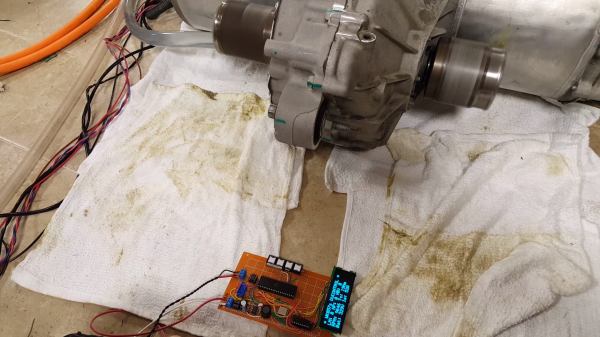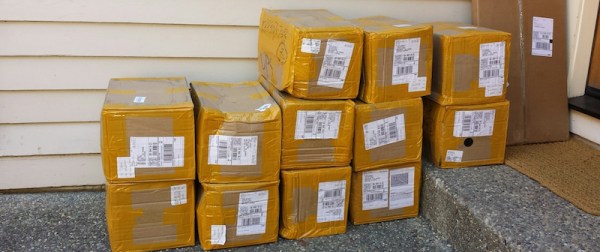[Steve] over at Big Mess O’ Wires has a very, very niche product. It’s the Floppy Emu, a hard disk emulator for the Apple II, Lisa, and very old Macs. The Floppy Emu takes data stored on an SD card and presents it to these classic computers through a contemporary connector, the venerable DB-19. This connector is in the same family as the familiar DB-25 parallel port, DE-9 serial port and the old DA-15 joystick port, but there’s something very special about the DB-19 connector – nobody makes it anymore, and no surplus electronics store has any in stock. They’re unobtanium, and when you’re making a product built around this connector, you’re going to have a few problems.
Those problems have come to a head over the past year, but getting a few thousand DB-19 connectors manufactured has always seemed just out of reach. It would be a five-figure investment for a very niche product, and [Steve] would have to find someone to make the connectors.
The world’s shortage of DB-19 connectors is no more. After chatting up a few people in the NeXT and Atari communities, [Steve] set up a group buy and manufactured the first batch of DB-19 connectors in recent memory. The world’s supply of DB-19 connectors, all 10,000 of them, is now in [Steve]’s living room.
The process of manufacturing ten thousand DB-19 connectors actually wasn’t that hard for [Steve]. Over the past year, he’s reached out to manufacturers to get a quote, and he still had those numbers in his rolodex. The only problem was finding an engineering drawing of a DB-19 connector and transferring a large amount of money to Hong Kong. The drawing was easy enough, as datasheets sometimes last longer than the parts they describe. Transferring the money over to the manufacturer meant convincing a bank manager there is not a Nigerian prince in Hong Kong and thirty minutes of paperwork.
After a few months, a round of prototyping, and a trip through customs, the world’s supply of DB-19 connectors finally landed on [Steve]’s porch. He still needs to ship them out to the NeXT and Atari folk who participated in the group buy, but the great shortage of DB-19 connectors is over for now.















